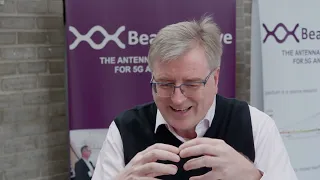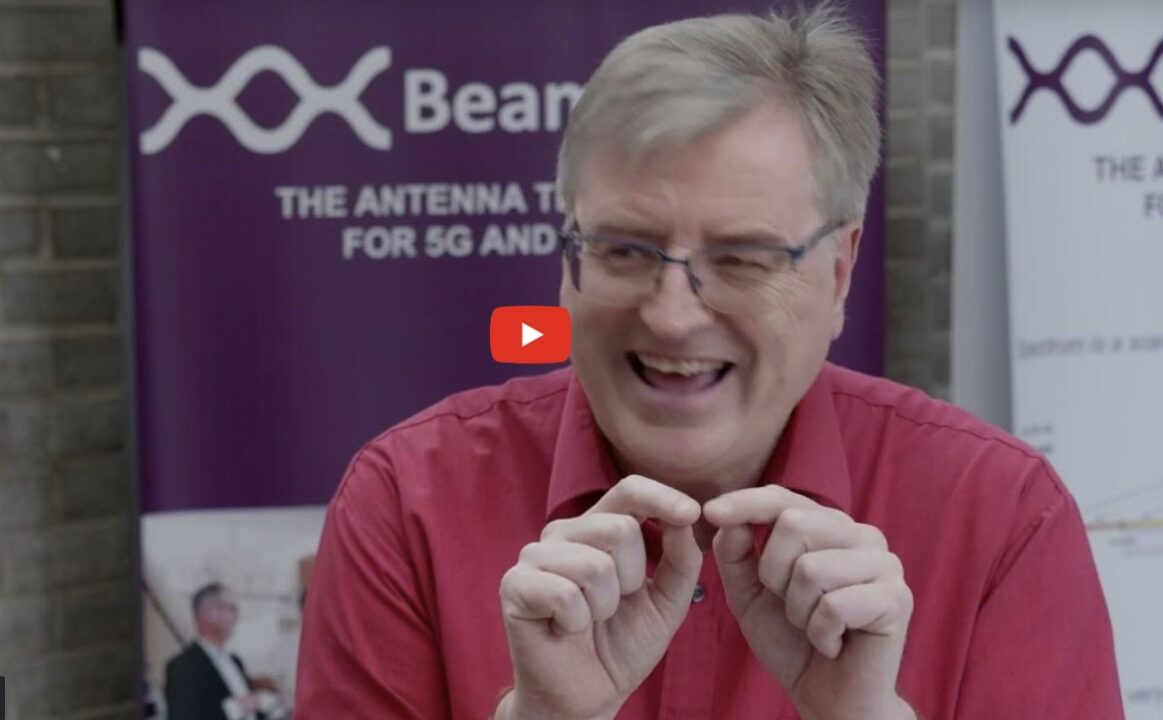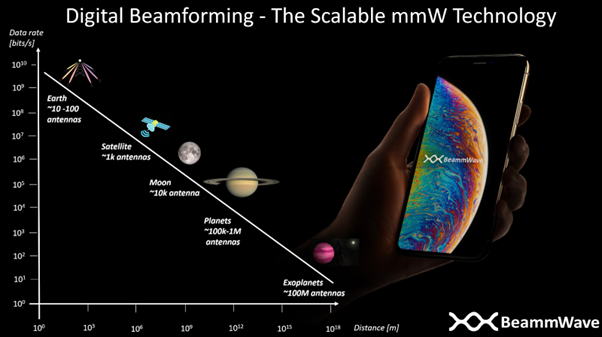Tag: 3GPP
-

Episode 6, looking into the future of mmWave
What about the future? What are the new applications? And can we really use this to communicate with exoplanets?
-

Episode 5, Digital beamforming from an operator perspective
How can operators benefit from digital beamforming? What is the capacity gain and why does it work so much better?
-

Episode 4, Drilling into digital beamforming
Drilling into the hart of the matter for BeammWave! Digital beamforming – to-be-or-not-to-be?
-

Radar and communication could converge for 6G
The mmWave frequency range is highly suitable for sensing and radar purposes due to the short radio wavelength enabling localization and positioning in the mm to cm range. Joint sensing and communication is being discussed, where a communication system not only communicates but also senses the environment and basically uses mmWave radar for the detection…
-

Digital BF the scalable Antenna Technology!
Traditionally when designing analog or hybrid beamforming solutions for mmWave the design has been targeting a single application. A certain antenna panel/array has been designed for a certain purpose, such as a handheld device, and if another mmWave transceiver architecture is needed for another application that needs more antennae, such as a fixed wireless access…
-

mmWave affect the entire 3GPP standard
5G, as well as previous generations of cellular communication, relies on standardized communication protocols for the interactions between mobile terminal and the base station. With new and evolved features, and support of higher data rates, the complexity of the standards has increased for each new generation of mobile communication. Previous generations of cellular communication standards…